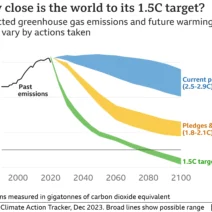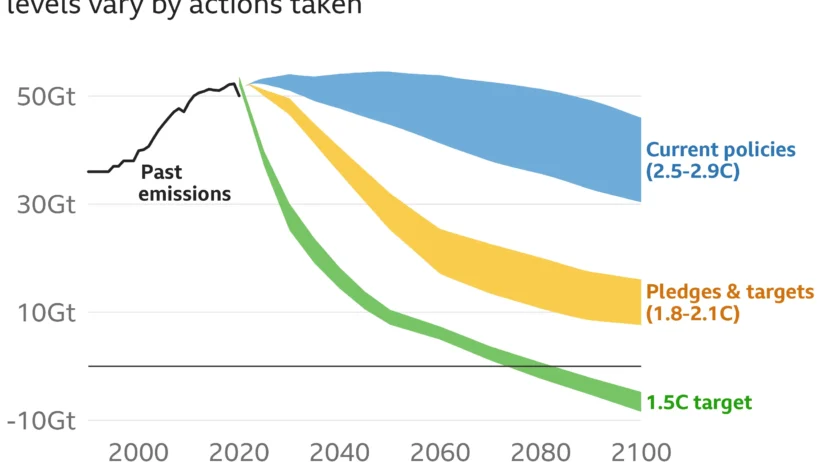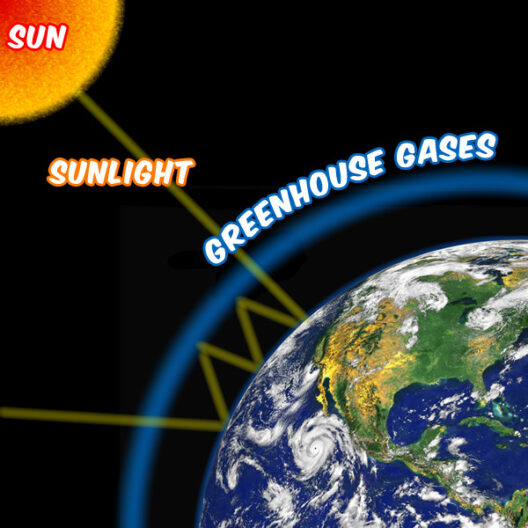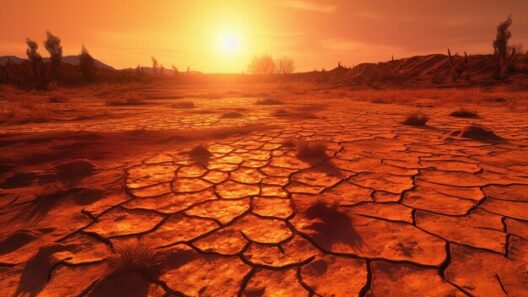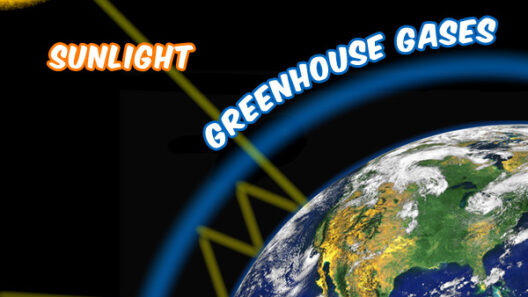As we approach the pivotal year of 2030, humanity finds itself at a critical crossroads in the face of climate change. The trajectory we set during this decade will shape not only our planet’s ecological health but also the very fabric of human existence. The looming question is clear: How soon will global warming threaten human survival? Understanding this urgency entails examining several interrelated dimensions—scientific predictions, socioeconomic impacts, and the imperative for global cooperation.
Climate science has made significant strides in projecting future scenarios based on current emissions trajectories. The Intergovernmental Panel on Climate Change (IPCC) has underscored the grim reality that if global temperatures rise by more than 1.5 degrees Celsius above pre-industrial levels, the ramifications could be catastrophic. The constraints of 2030 serve not only as a target for emission reductions but also as a deadline for mitigating irreversible climate impacts. The ticking clock serves as both a cause for concern and a catalyst for innovation.
Scientific forecasts illustrate a grim future if we continue on our current path. A 2-degree rise could lead to the extinction of numerous species, increased frequency of extreme weather events, and devastating shifts in agricultural viability. Coastal cities around the world face the existential threat of sea-level rise, while regions traditionally known for their temperate climates may experience drastic changes in their weather patterns, resulting in droughts or catastrophic floods. The question is not whether these changes will happen, but when, and how profoundly they will disrupt our way of life.
The socioeconomic implications of climate change cannot be overstated. Vulnerable populations—particularly in developing nations—are already experiencing the brunt of climate-related disasters. Water scarcity, food insecurity, and health crises are burgeoning as a result of environmental degradation. By 2030, it is estimated that millions will be displaced due to climate impacts. The moral imperative compelling wealthier nations to assist these populations cannot be ignored; it is a cornerstone of global justice. As societies grapple with the increasing frequency of climate-related challenges, awareness is growing about the interconnectedness of social structures and environmental health.
Additionally, the intersection of climate change and economic stability is fraught with challenges. The impending shifts in resource availability demand an urgent reevaluation of economic priorities. As natural disasters increase and agricultural yields fluctuate, the global economy faces uncertainty. Many industries will require a re-engineering of their practices, transitioning from fossil fuels to sustainable energy sources. Renewable energy innovations promise to become the backbone of economies; yet, the challenge lies in implementing these technologies on a global scale, particularly in regions where carbon-intensive practices dominate.
The future of our planet hinges on the willful collaboration of nations, organizations, and citizens alike. The Paris Agreement symbolized a collective commitment to combat climate change, yet its effectiveness hinges on robust action and accountability. By 2030, countries must demonstrate tangible progress in reducing greenhouse gas emissions. The urgency is compounded by the reality that the window for impactful change is narrowing. It is imperative that nations not only commit to ambitious targets but also implement policies that foster resilience in both ecological and human communities.
Public engagement and awareness play critical roles in shaping the discourse around climate change. Citizens can no longer afford to remain passive observers, as their involvement is essential in driving policy changes. Grassroots movements have gained momentum, emphasizing the interconnectedness of local actions and global consequences. Activist organizations advocate for a paradigm shift, urging communities to adopt sustainable practices such as reducing waste, conserving water, and supporting local economies. By embracing these changes, individuals can contribute to a larger movement aimed at preserving the planet.
Technological advancements also carry the promise of transformative solutions. Innovations in carbon capture, renewable energy, and sustainable agriculture present avenues for mitigating climate impacts. Furthermore, the potential for climate-friendly technologies to generate economic opportunities cannot be overlooked. Transitioning to a low-carbon economy can spur job creation in sectors geared towards sustainability, all while combating the existential threat of global warming. As research continues and funding flows towards sustainable development, the horizon of possibility expands, allowing us to reimagine our relationship with the environment.
Nonetheless, the narrative surrounding climate change must evolve beyond mere survival; it must encompass a vision of renewal and resilience. Envisioning a world where humanity thrives alongside nature requires a profound shift in our collective consciousness. By focusing on restoration, communities can engage in practices that not only address climate impacts but also rejuvenate ecosystems. Reforestation projects, wetland restoration, and sustainable urban planning exemplify initiatives that contribute to both ecological and human well-being. Such endeavors underscore that survival is not merely about weathering the storm, but about rebuilding stronger, more resilient systems.
As we approach 2030, the convergence of climate science, socioeconomic factors, global cooperation, and technological innovations paints a complex landscape. The threats posed by global warming are not distant possibilities; they are immediate challenges that demand urgent attention. By harnessing collective action, embracing innovative solutions, and fostering inclusive dialogues, humanity can navigate the tumultuous waters of climate change. The question is no longer if we can avert disaster, but how boldly we choose to respond. As the clock ticks towards 2030, so too does the opportunity to redefine our future—a future in which human survival is intrinsically linked to the health of our planet.

